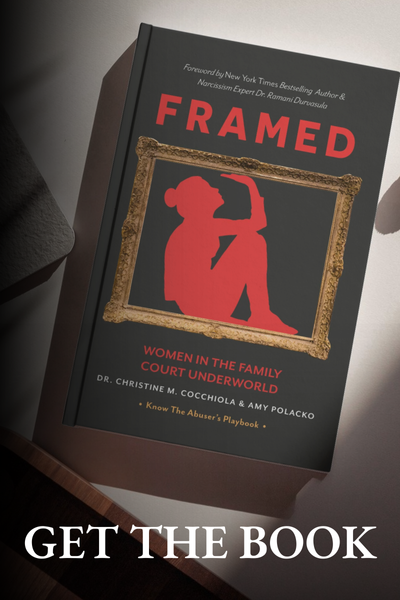We have explored the concepts of Fight and Fawn, discussing how children often mimic these behaviors as coping mechanisms in abusive environments. I want to focus on two additional trauma reactions in this blog: Flight & Freeze.
Flight
Escaping the Threat
Flight is not just about physical escape; it’s a psychological response to perceived danger. Children who exhibit flight responses may seem driven and high-achieving, but underneath, they are often using their accomplishments as a shield against what they are feeling intuitively in their bodies: unsafe.
Children exhibiting this response may engage in high-achieving behaviors, overworking themselves, or even resorting to reckless behavior or substance use as a means of escape. These children may feel an intense pressure to excel, fearing that any perceived failure could lead to further harm or rejection.
Protective parents should attempt to recognize when their child’s drive for perfection or constant business may be a coping mechanism rooted in the trauma of living in a home with a coercive controller or simply spending time with a coercive controller.
When our children are doing exceptionally well – they are excelling in a particular area, perhaps in their academics or “thriving” in their favorite sport or instrument: Ask yourself…is it also a coping mechanism? Are they hyper-focused on this? Obsessive? Are they feeling pressured to meet certain expectations? Are they feeling overwhelmed with the parental subsystem relational dynamics or the coercive controller’s exertion over them and therefore regulating in this way?
Freeze
Escaping the Threat.
Freeze is characterized by emotional numbness and dissociation from reality. Children in freeze may avoid confronting their feelings or memories, retreating into a world of distractions to escape the pain.
Children in freeze mode appear detached or dismissive of their experiences, opting to avoid conflict and discomfort at all costs.
They immerse themselves in distractions to the point where the protective parent may feel they have an “addiction” and obsessiveness about this distraction. For example: excessive screen time, or other immersions of themselves such as playing the piano excessively. They may
appear outwardly calm or indifferent, masking their inner turmoil with a facade of apathy.
In this technological world – it’s hard to tell – are they disassociating, addicted, or simply being a teen. Of course other addictions, substance use, vaping, etc. may occur when self-medication feels better than addressing the harm someone has experienced.
As protective parents, it’s crucial to recognize when our children’s pursuit of success becomes a means of evasion. While academic or athletic achievements are undoubtedly commendable, they shouldn’t come at the expense of our children’s well-being.
Keep in mind that children know – even if subconsciously – that the love from the coercive controller is conditional. There is a great deal of betrayal in this experience – a loss that creates grief – since children rely on their caretakers for unconditional love.
Our goal is to show them that they do not need to be perfect and that there are alternative ways to cope with their loss.
We show them this by role-modeling it for them. And in that we begin to heal our brains and they – with our support – ever so slowly or perhaps if we are lucky – more quickly – begin to heal their brains too.
As protective parents, creating a safe space where our children feel heard and validated is essential. We must recognize their emotional numbness and support them in acknowledging it and the underlying trauma that may be driving this behavior. We must be gentle in this process and ensure they feel safe to share their experiences. When we gently encourage our children to share their feelings and process their experiences, ensuring we are attuned to them – is it the right time? How much should I plan to
Children are often having the same reactions that their protective parent has had.


